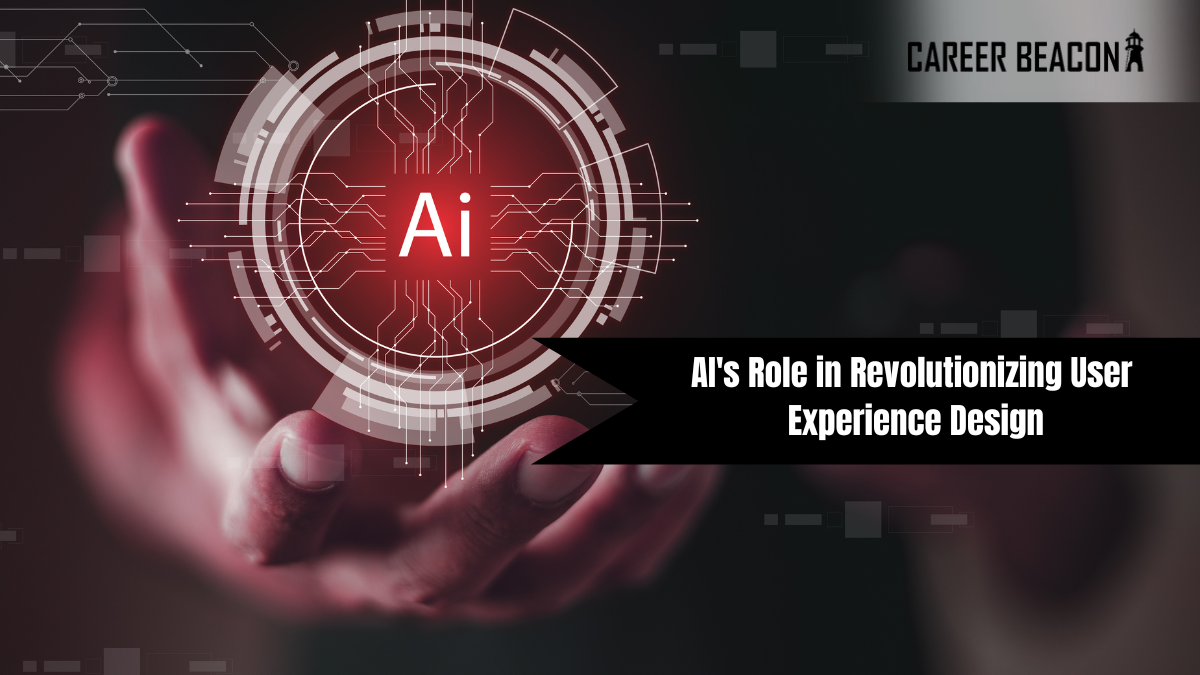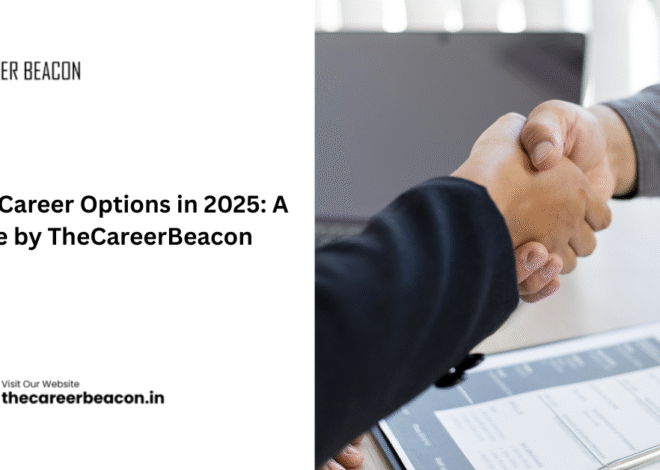
AI’s Role in Revolutionizing User Experience Design
The impact of Artificial Intelligence (AI) on design is a topic of ongoing discussion, with concerns about job displacement and the role of designers in an increasingly automated world. While robotics and AI are predicted to replace numerous jobs, the realm of design appears to be relatively safe, at least in the near future.
Contrary to initial fears prompted by projects like The Grid, where AI-powered systems attempted autonomous website design with lackluster results, designers seem secure for now. The imminent threat is more directed towards repetitive, blue-collar tasks rather than the creative and empathetic aspects integral to design.
Instead of being a threat, AI presents opportunities for designers in several ways
Automating Legwork
AI can be trained to handle routine tasks such as cropping assets, resizing images, and color correction. Tools like Adobe’s Sensei or Netflix’s automated translation streamline these processes, allowing designers to focus on more strategic decisions.
Enhancing Design Systems
Integrating AI into design systems can optimize elements based on user interactions, creating more robust and user-friendly designs. This intelligent layer analyzes metrics to understand what works best and continually refines design modules.
Generative Visual Styles
AI-powered tools like Artisto, Prisma, and Auto Draw enable dynamic and generative visual styles, making design more accessible to a broader audience. This not only assists designers but also enhances the quality and polish of creative outputs.
Personalizing User Experience
AI-driven personalization considers various data points to tailor user experiences. As machines take over some decision-making processes, hyper-personalization becomes more viable, leading to improved relevance and higher conversion rates.
Analyzing Data
AI facilitates the analysis of vast amounts of data generated by user interactions. While designers will still play a crucial role in interpreting results, AI can streamline data collection and analysis, making the process more refined and valuable.
Enhancing User Experience with AI
AI is increasingly used to enhance user experiences, from Facebook’s content recognition for visually impaired users to Google’s AI-powered translation and visual search technology. Designers will be tasked with orchestrating smart experiences rather than being replaced.
In conclusion, the rise of AI in design signifies collaboration rather than competition. Designers have the opportunity to leverage AI for automating mundane tasks, refining design systems, creating dynamic visual styles, personalizing user experiences, analyzing data more efficiently, and enhancing overall user interactions. By embracing these opportunities, designers can work alongside technology to create more personalized, efficient, and intelligent design experiences.


